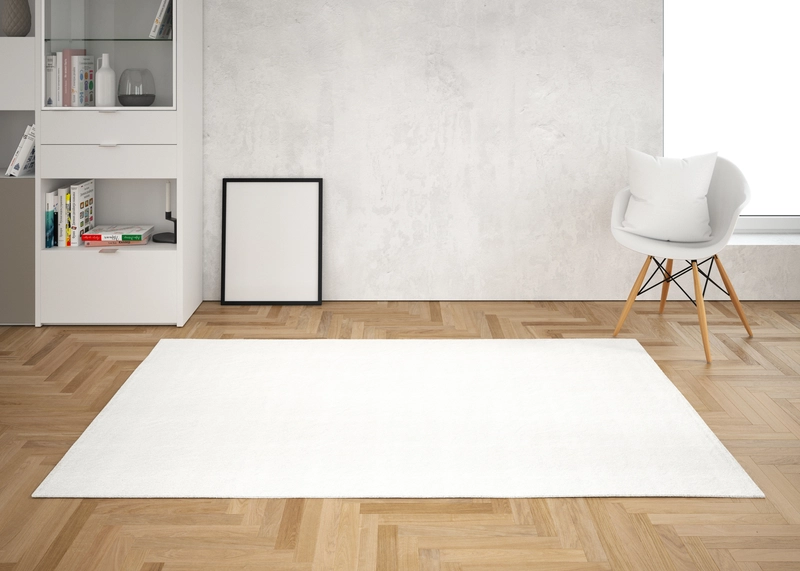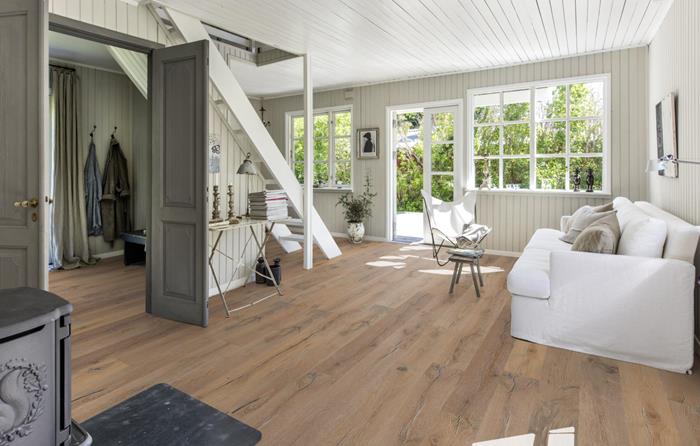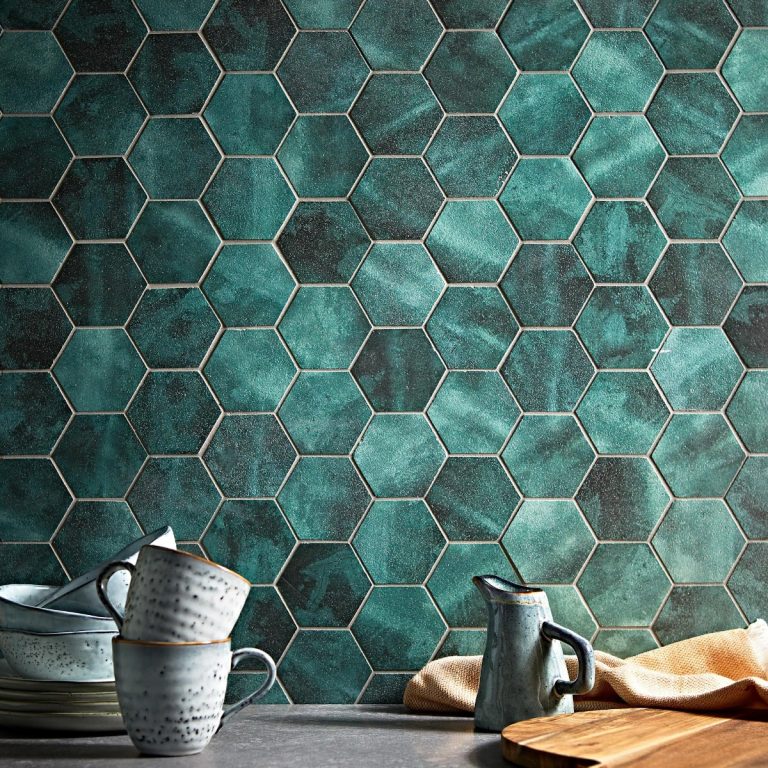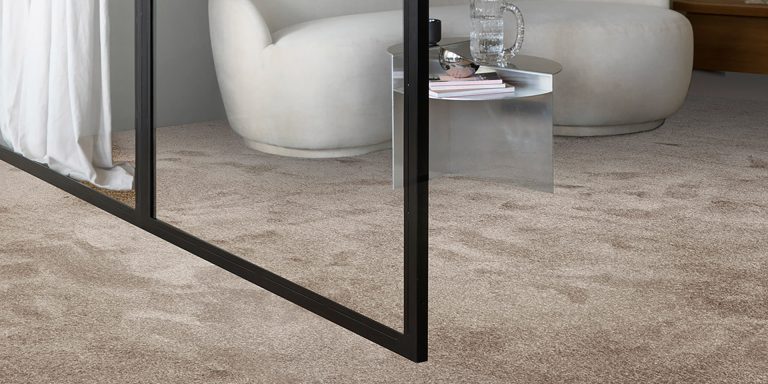Are you a landlord or a tenant wondering about the rules and regulations surrounding carpet replacement in rental properties? In this article, we will explore the Landlord Carpet Replacement Law, the legal requirements for carpet replacement in the UK, and the rights of tenants in this matter.
We will also discuss how often carpets should be replaced in rental properties, the factors affecting this decision, and the benefits of regular replacement.
We will address whether changing flooring in a rented house is possible, the restrictions involved, and alternative solutions. Stay tuned to learn more about these important aspects of property management!
What Is the Landlord Carpet Replacement Law?
The Landlord Carpet Replacement Law outlines the responsibilities of landlords in maintaining the condition of carpets in rental properties, ensuring they meet specific standards and addressing any damage or wear and tear that may occur during a tenant’s occupancy.
How Often Should Landlords Replace Carpet
Landlords should consider replacing carpets in rental properties every 5-7 years, depending on the level of use and condition of the carpet, to ensure the home remains in a good state for new tenants.
A. Factors Affect the Frequency of Carpet Replacement
The frequency of carpet replacement is influenced by factors such as the level of wear and tear, the extent of damage, maintenance practices, and the type of tenants occupying the property.
B. Consequences for Not Replacing Carpet
Failing to replace carpets can lead to health hazards such as the accumulation of dust, dirt, mould spores, and allergens, which can negatively impact the health of tenants and potentially lead to legal disputes.
Old carpets can also harbour harmful bacteria, pathogens, and even pests like dust mites that thrive in such environments. These factors not only pose serious health risks but can also violate tenants’ right to a safe and habitable living space. Landlords have a legal responsibility to provide a clean and safe rental property, and neglecting to address carpet issues can result in breaches of health and safety regulations.
Landlord Carpet Replacement Law in the UK
In the UK, the Landlord Carpet Replacement Law sets specific guidelines for landlords to follow regarding the maintenance and replacement of carpets in rental properties, aiming to ensure the well-being of tenants and the upkeep of the property.
A. The Legal Requirements for Carpet Replacement in Rental Properties
Legal requirements for carpet replacement in rental properties in the UK include compliance with standards set by housing regulations and deposit protection schemes (DPS) that ensure landlords fulfil their maintenance obligations.
Landlords in the UK must adhere to the regulations outlined in the Housing Act 2004 concerning the safety and maintenance of rental properties. The Act specifically requires that carpets be maintained in good condition and replaced when necessary to ensure a safe and habitable living environment for tenants. In addition, deposit protection schemes such as the Tenancy Deposit Scheme (TDS) play a crucial role in safeguarding tenants’ deposits and ensuring that landlords use the funds appropriately, including for the repair and replacement of carpets as needed.
B. The Rights of Tenants Regarding Carpet Replacement
Tenants in the UK have the right to live in a rental property that meets certain standards of condition, which includes the expectation that carpets will be replaced when they become significantly worn or damaged.
In the UK, the law requires landlords to ensure that carpets in rental properties are maintained in good repair and condition. If a tenant notices that the carpet is worn out or damaged beyond normal wear and tear, they have the right to request a replacement. Landlords are obliged to respond to such legitimate requests promptly and arrange for the necessary replacements.
If a landlord fails to address the issue of worn or damaged carpets, the tenant can take further action. This may involve contacting the local housing authority or seeking legal advice to enforce their rights under the UK tenant regulations.
How Often Should Carpet Be Replaced in a Rental Property
Determining how often carpets should be replaced in a rented property depends on various factors including the initial condition of the carpets, the level of wear and tear, and the cost implications for the landlord.
A. The Factors to Consider When Determining Carpet Replacement Frequency
When determining how often to replace carpets, landlords should consider the current condition of the carpets, the level of wear and tear they experience, and the type of tenants occupying the property.
Assessing the current condition of the carpets is crucial. Constant monitoring for signs of damage, such as stains, tears, or fading, can indicate when replacement is necessary. The level of wear and tear is a key factor. High foot traffic areas are more prone to accelerated deterioration, requiring more frequent updates.
Tenant behaviour also plays a significant role; tenants with pets or children may contribute to faster wear. It’s advisable for landlords to establish clear guidelines for maintaining carpets and conduct periodic inspections to address issues promptly.
B. The Benefits of Regularly Replacing Carpets in Rental Properties
Regularly replacing carpets in rented properties can improve property value, enhance tenant satisfaction, and reduce health risks associated with old and worn carpets.
Improving property value starts with creating a new and inviting interior appearance, which plays a significant role in attracting potential tenants and commanding higher rental prices. New carpets not only enhance the visual appeal but also suggest a well-maintained property, impacting the overall perceived value.
For tenants, the comfort, cleanliness, and aesthetics of new carpets contribute to a positive living experience, ultimately resulting in higher satisfaction levels. Replacing old carpets removes accumulated dust, allergens, and mould, promoting a healthier indoor environment and reducing respiratory problems for occupants.

See product: Abingdon Lasting Romance Cool Velvet
Can You Change Flooring in a Rented House?
Changing the flooring in a rented house typically requires the landlord’s permission and may be subject to specific terms outlined in the tenancy agreement, with considerations for the deposit and potential costs involved.
A. The Restrictions for Changing Flooring in a Rented Property
Restrictions for changing flooring in a rented property often include obtaining the landlord’s written consent, adhering to the terms of the rental agreement, and bearing any associated costs and responsibilities.
Tenants may find that the restrictions on altering the flooring extend beyond just the initial consent. Some rental agreements specifically outline the types of flooring materials that can be used or limit the extent of modifications to ensure the property’s integrity. This can pose challenges for tenants looking to personalise their living space.
Having a formal agreement in place is crucial for both tenants and landlords. A well-drafted rental agreement not only clarifies the roles and responsibilities of each party but also protects both sides in case of disputes or misunderstandings.
Financial responsibilities are another significant aspect to consider. Plus the actual costs of replacing or repairing flooring, tenants may also be responsible for restoring the original condition of the property once they move out. Failure to meet these financial obligations can result in disputes and potential deductions from the security deposit.
B. The Alternatives to Changing Flooring in a Rented House
Instead of changing the flooring, tenants can seek other improvements such as repainting, decorating, or rearranging furniture to enhance the appearance and comfort of a rented house.
In many cases, opting for alternatives like adding area rugs or vinyl floor decals can swiftly transform the look of a room without the hassle or expense of replacing the flooring entirely. These solutions can be cost-efficient and easily reversible, catering to both aesthetic preferences and budget constraints.
For a more significant impact, investing in new light fittings or curtains can subtly elevate the ambience of the space. A fresh coat of paint in a trendy shade can also revitalise the overall feel of the room, optimising its appeal without major renovations.
If you need assistance, look no further than the fitting service from TEKA Flooring. With our wide selection of high-quality carpets from top brands and a professional fitting service backed by a 24-month guarantee, you can rest assured that your home will look and feel its best.
Don’t hesitate—contact TEKA Flooring today for a seamless and stress-free carpet replacement experience.
Read also:

































